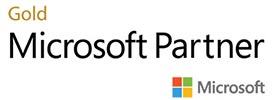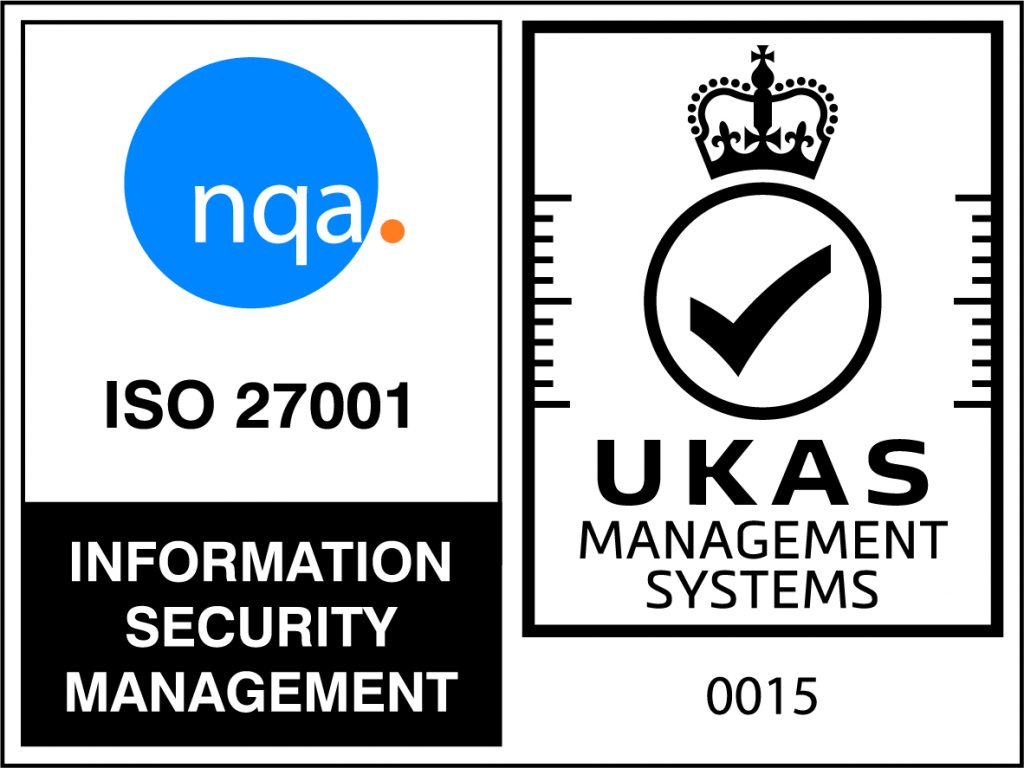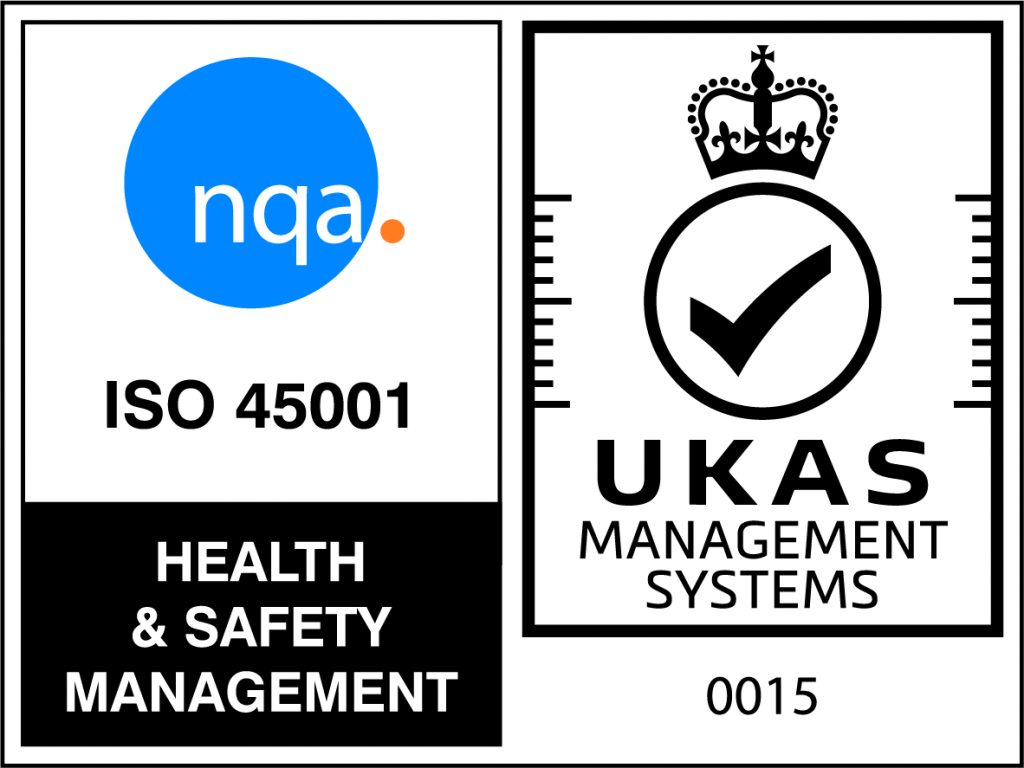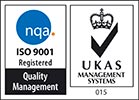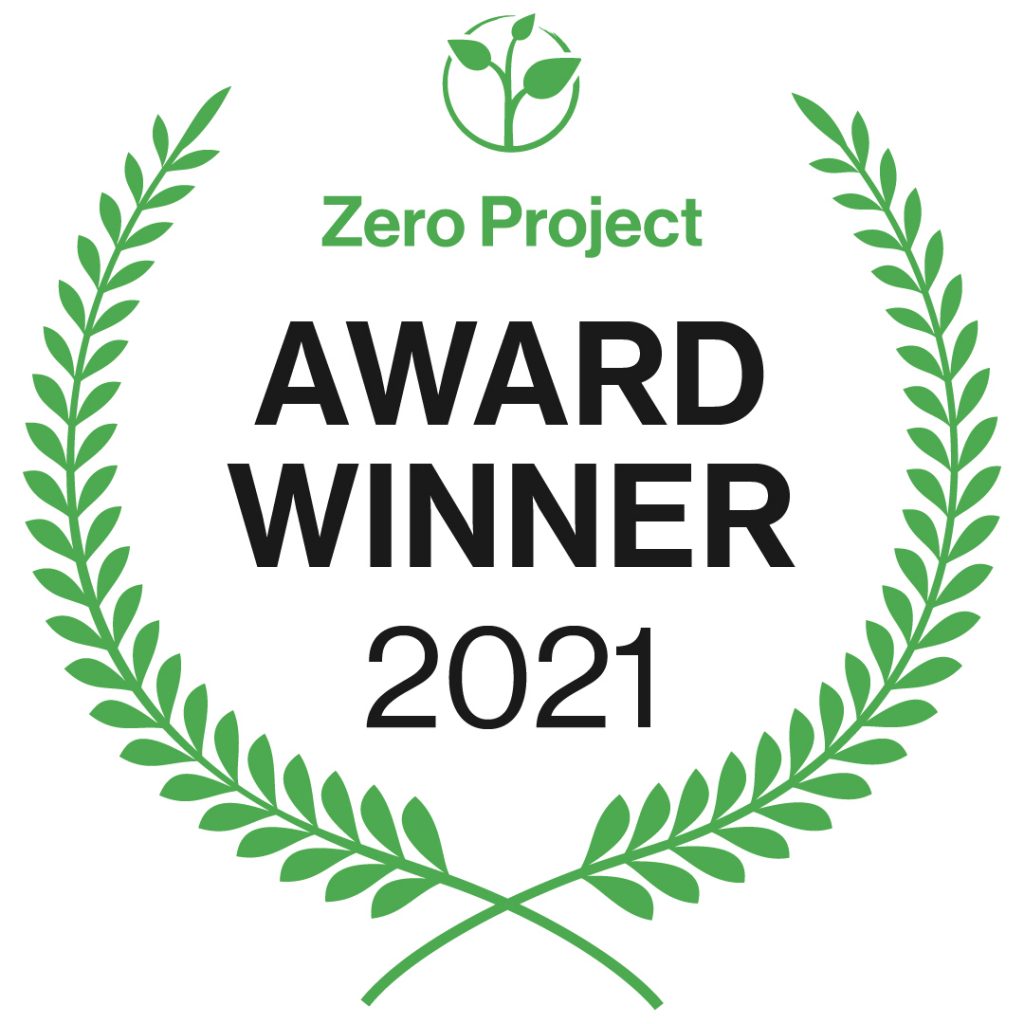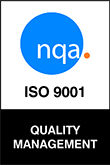Alternative text (alt text) plays a crucial role in web accessibility by providing textual descriptions of images for users who may not be able to perceive them visually. It ensures that people with visual impairments using screen readers can still understand the content of a webpage or other digital platform.
Why Alt Text Matters
- Accessibility: Alt Text enables visually impaired users to engage with visual content. By describing the essential elements of an image, it ensures equal access to information.
- SEO Benefits: Search engines rely on alt text to understand images, which can boost a website’s search rankings.
- Compliance: Alt text is crucial for meeting accessibility standards like WCAG (Web Content Accessibility Guidelines) and legal requirements such as the Equality Act 2010.
Adding Alt Text on Social Media Platforms
- X (Twitter): Before uploading an image, select the ‘+ALT’ button to input alt text.
- Instagram: Before posting, go to ‘Advanced Settings’ and use the ‘Write Alt text’ option.
- Facebook: Upload an image then choose to edit photo and click ‘Edit Alt Text’.
- LinkedIn: Add alt text before posting by selecting ‘Add Description’.
- TikTok: While the platform lacks specific alt text features, you can add descriptive captions.
Adding Alt Text in Documents and Presentations
- Microsoft Word/ PowerPoint: Right-click an image, select ‘Edit Alt Text’ and write a description.
- PDFs: Use tools like Adobe Acrobat to add alt text through the ‘Set Alternative Text’ option in the Accessibility panel.
- Google Docs/ Slides: Right-click an image and select ‘alt text’ to add descriptions.
What makes good Alt Text?
- Be Concise but Descriptive: Describe the content and function of the image concisely and accurately. Focus on conveying the essential information rather than interpreting the image.
- Avoid Redundancy: Skip phrases like “image of” or “picture of”, as screen readers already indicate that there’s an image.
- Include Relevant Context: Tailor descriptions to the content’s purpose. For example, describe a chart’s trends if it’s part of a data presentation.
- Skip Irrelevant Details: Exclude unnecessary information, such as background elements that don’t contribute to understanding.
- Text Length: Keep alt text concise while conveying the necessary information. UK regulations recommend a maximum of 125 characters but allow for longer descriptions if necessary for clarity.
For example, for the image below, the alt text is: Happy teacher and schoolgirl giving each other a high five in classroom.


 Back to News
Back to News








